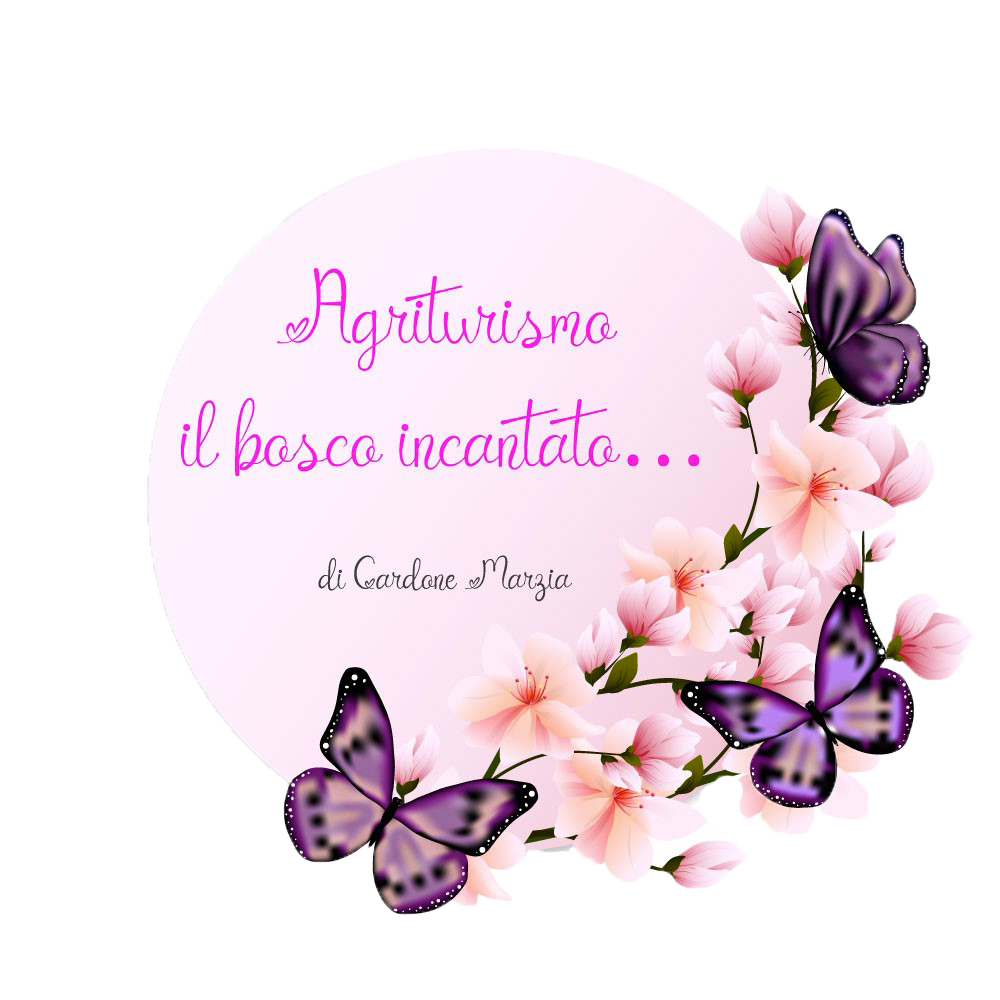0+
Years of history


HISTORY
La Tenuta del Barone
From the hills surrounding the Monferrato, in early 16th century the Agriturismo La Tenuta del Barone rises. Over the years the structure has been modernized, without however renouncing the charm of the historic estate.
Originally, it was a military structure with a classic “L” shape that was used to monitor and maintain control over the valleys on each side.
Using large mounted mirrors, the military warned the Moncalvo garrison in case of enemy attack. Towards the end of the 16th century, the building became a homestead and hunting lodge for the painter Guglielmo Caccia (1568 – 1625), otherwise known as “The Moncalvo”, who according to history stayed for longer periods on the farm to hunt and enjoy life.
Together with other artists from that time, Guglielmo Caccia was called to Turin in 1605-1607 to decorate the gallery Palazzo Reale on behalf of King Carlo Emanuele I. After these circumstances, he was given the title of Baron, and is the direct link to our name today, Tenuta del Barone.
In 1774, the count and painter Francesco Ottavio Magnocavallo moved to the farm, adding the characteristic Gothic-style double arches and four-leaf clover to the façade and attic windows – a preserved architectural feature that is still today a characteristic feature of the structure.
The annexed chapel of the building was added in 1860. On August 16 of that year, the bishop of Casale Monferrato, Monsignor Ferrè, consecrated the chapel dedicated to Saint Giovanni Battista. The chapel is in neoclassical and Napoleonic style with large interior columns in Doric-Corinthian style.
After Magnocavallo’s time, the property has been owned by several families before it was bought by the Colombo family in 1988. The property then underwent extensive restoration and modernization in line with the property’s 500-year history.
The property was run as a B&B for 30 years, before changing owners again. Marit Ringvoll and Gaute Gerotti Skjørestad bought the property in 2020, and runs the farm as an inviting B&B today.
The building is listed by the National Institute of Belle Arti and is listed as a significant “monitored site” in the Penango area.



